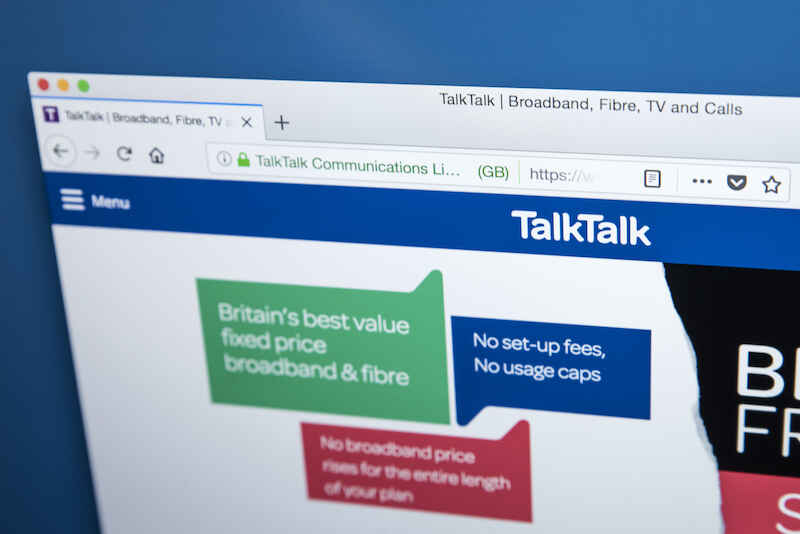What are Tariff Comparison Rates (TCR)?

Share this guide:
Last updated: 26 May 2023
Save money on your energy bills
Enter your postcode below to get started
What Is the Tariff Comparison Rate (TCR)?
A tariff comparison rate is useful because it takes into account all of your costs such as discounts, rates and VAT. That number can then be quickly and easily compared to other plans to make sure you’re getting the best price. But be careful, it only really works if you have a ‘medium-use’ household.
If you use more energy or less energy than the average household, then this probably isn’t the best way to work out which energy plan is best for you. This is because of the way you work out a TCR.
The TCR uses the typical average household’s consumption that Ofgem provides to come up with a final number. For electricity, this number 3,200kWh and 13,500kWh of gas. Suppliers worked out TCR with the following equations - they look scary but the numbers can easily be factored into place:
Electricity Tariff Comparison Rates
Standard tariffs: Standing charge x 365 days + unit rate x 3,200 kWh x 5% VAT / 3,200 kWh = TCR/kWh
Economy 7 tariffs: Standing charge x 365 days + unit rate x 3,200 kWh x 5% VAT / 3,200 kWh = TCR/kWh<
Gas Tariff Comparison Rate
Standing charge x 365 days + unit rate x 13,500 kWh x 5% VAT / 13,500 kWh = TCR/kWh
Why is the TCR no longer used?
The reason that Ofgem decided to do away with the TCR is that while it is a fair comparison, the rate is based on a national average and not a regional one. Ofgem decided that the TCR only takes into account the numbers, not other factors like customer service or complaints handling or any other services offered by a supplier which makes them better suited to you. Unit prices and standing charges also change from region to region, making a TCR inaccurate for most people.
While the tariff comparison rate offers an idea of costs, it is only ever a comparison tool and not a guaranteed price. The best way to compare energy contracts and suppliers is to use a comparison tool that uses your own data not a national average. The TCR doesn’t take into account factors like your location, how much you spend monthly or when you would like to start your tariff. This means it is likely to be far more accurate to use your own numbers rather than using an estimation based on a household that might not match your own energy usage.
How should you compare energy suppliers without the use of the TCR?
The most important thing to consider when you switch energy suppliers is whether or not they’re right for you. Things like customer service and stability matter just as much as getting a cheap deal. You should make sure that the tariff is cost-effective for your own household, and you should find out how easy it is to switch to a new supplier. Make sure the supplier works for you, not the other way around!
Energy has different costs in different locations (yet another reason why the TCR may not be for you), so make sure you’re well informed about how much you should be expecting to pay.
How to switch supplier
As always, make sure you use a price comparison site such as usave to find all the best energy deals before you think about switching gas or electricity supplier.
Switching suppliers should be relatively painless. As a customer, you are protected by government regulations and your new supplier will make sure that everything related to your switch is their responsibility. When you switch, be mindful it can take up to a month and a half to complete the process. Your new supplier should keep you updated on the process either by email or through the post.
If moving house, ask your supplier if you can take your current tariff with you. Some suppliers will allow you to take your contract with you when you move, but you need to check with them first and not just expect that you can. If you are moving to a new area and looking for a new supplier, check what’s available in your new postcode by entering it below.
Save money on your energy bills
Enter your postcode below to get started
We are an independent and impartial price comparison website.
Our services are 100% free to use.
usave.co.uk is supported by its users. When you make a purchase through links on our site, we may earn an affiliate commission.
Don't miss these
-
-
How to Pay Your Energy BillsTariffs and Bills
-
-
Read on our blog

With the government poised to implement tough new measures to...

Budget broadband provider TalkTalk has been notifying customers via email...

A year-long investigation by charity Citizens Advice has revealed a...

Education Secretary Nadhim Zahawi has announced a new commitment to...






